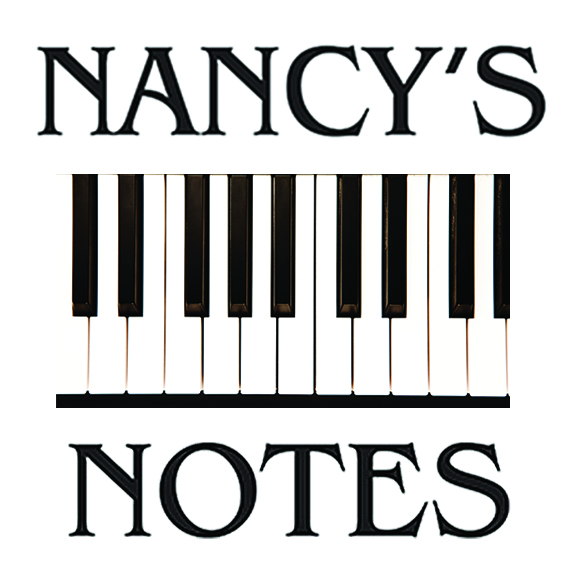The horrifying stories we tell our children, Part 2
If you were along for the ride last week, you may have cringed your way through my story about fairy tales and nursery rhymes. I had way too much fodder for the inches that I get to fill each week, so I saved some for a “Part 2.” If you haven’t slept since you read the first course—because you just couldn’t wait for the second helping—well, you’ll sleep good tonight.
Let’s jump right in where I left off last week. Do you remember this little ditty?
Mary, Mary quite contrary,
How does your garden grow?
With silver bells and cockle shells And pretty maids all in a row.
And pretty maids all in a row.
This rhyme is a reference to “Bloody Mary.” No, not the one you drink, but Queen Mary I, the daughter of King Henry VIII. Mary, a staunch Catholic, was so well known for her persecution of Protestants that she was given the nickname “Bloody Mary.” In this “sweet” rhyme, the garden refers to growing cemeteries, as she filled them with Protestants. Silver bells and cockle shells were instruments of torture, and the maiden was a device used to behead people.
Another nursery rhyme that is believed to refer to Queen Mary I is Three Blind Mice.
Three blind mice. Three blind mice.
See how they run. See how they run.
They all ran after the farmer’s wife,
Who cut off their tails with a carving knife,
Did you ever see such a sight in your life,
As three blind mice.
The vicious farmer’s wife in this rhyme is believed to refer to Queen Mary I. When three Protestant bishops were convicted of plotting against Mary, she had them burnt at the stake. However, it was mistakenly believed that she had them blinded and dismembered, as is inferred in the rhyme.
Whatever the origins of the following nursery rhyme (which, by the way, is usually sung rather than spoken), the lyrics alone are quite terrifying when you stop and think about them.
Rock-a-bye baby, in the treetop,
When the wind blows, the cradle will rock,
When the bough breaks, the cradle will fall,
And down will come baby, cradle and all.”
I mean, seriously! Here we have a baby, somehow stuck high in a tree in its cradle, and getting rocked by a violent wind! The winds are so strong that the tree branch from which the baby is hanging snaps in two, plummeting the baby to the ground. And we sing this to children as a lullaby!?! Sweet dreams, kiddo! The American roots of this odd rhyme supposedly come from a young pilgrim who saw Native American mothers hanging cradles of woven fabric in trees. When the wind blew, the cradles would rock and the babies in them would sleep. Sounds like a legend to me.
One more, and it’s a doozy!
Rub-a-dub-dub, Three men in a tub... Whoa! That already
Whoa! That already sounds a little odd, especially for a children’s rhyme. Where are we going here? A modern version of this rhyme seems to be cleaned up a bit, but perhaps still a bit tawdry.
Hey! Rub-a-dub-dub,
Three maids in a tub
And who do you think were there?
The butcher, the baker, the candlestick-maker
And all of them gone to the fair.
Still not sure what’s going on? Some scholars believe this refers to an indecent adult sideshow at a fair in which three naked girls are in a tub together—and an extra bit of scandal is derived from the presence of three respectable townsfolk. Tsk, tsk, gentlemen! Think about THAT the next time you read this “cute” rhyme to your young grandchild!



